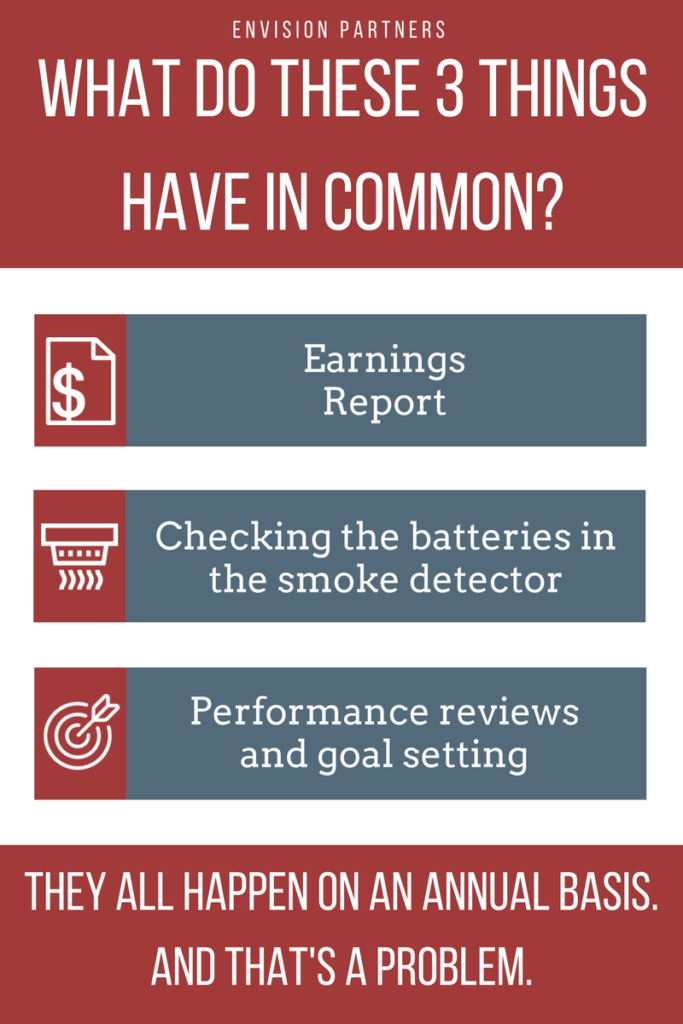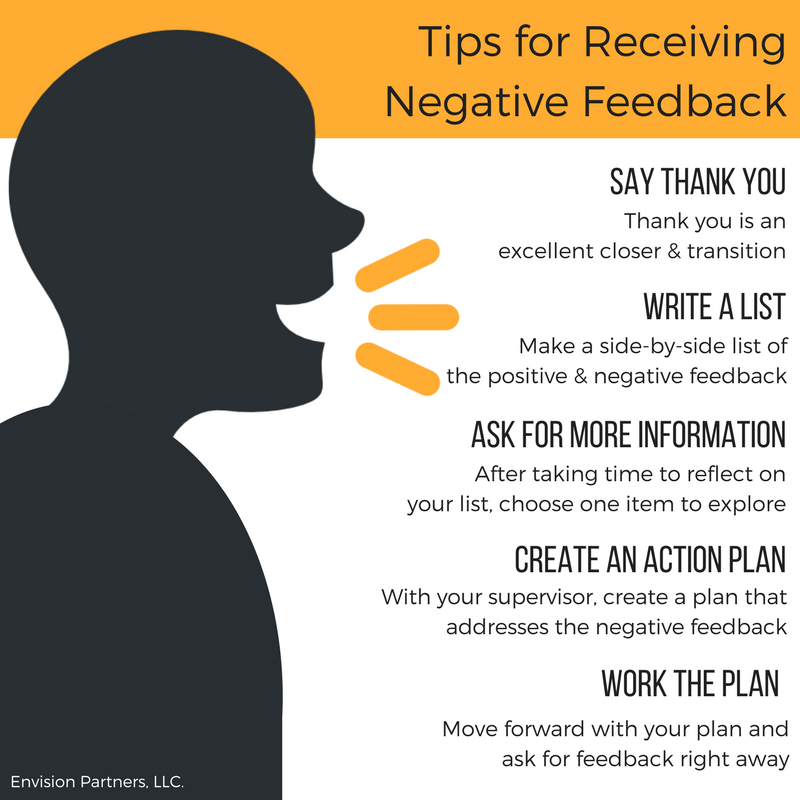The House Is On Fire
Q: What do these three things have in common?
Earnings report
Checking the batteries in the smoke detector
Performance reviews and goal setting
A: They all happen on an annual basis. And that’s it.
There’s about as much connection between an individual’s performance and the annual earnings report as there is between the smoke detector and annual earnings.
Yes, an individual’s performance throughout the year has some sort of impact on the annual earnings. Unless it’s the CEO (and that’s questionable), can we really connect someone’s performance to the annual earnings outcome? No.
The annual review is merely convenience—we do this once a year—like changing the batteries. But annual reviews are even less useful. Done only annually, reviews don’t prevent any fires, and they are not indicators of smoke. If there’s a problem and we wait a year to look for it, the house is already burned down! If an employee is burned by the annual review, then it’s too late to save them or your bottom line. Performance reviews should be able to detect smoke, not tell you the house is on fire.
Use a more natural cycle of your business. So, what is the right pace of performance reviews? Quarterly is better, but still feels artificial. Every business has natural cycles to their year or stages to their project. Insert performance reviews in those natural breaks or after every project. Team and individual reviews should be an integrated part of every initiative and should be mandatory. If the initiative takes longer than 3 months, then find a natural place to check in. Don’t wait until the project falls short or fails in order to figure out what’s going wrong.
Collect more and better data. The value of annual earnings reports is the ability to compare earnings year over year. How much value, though, is there to compare this year’s employee performance to last year’s employee performance? Do you actually have good enough metrics to tell the difference? A collection of smaller performance reviews provides that comparative data. Having 5, 6 or 8 performance reviews throughout the year allows for finer and more detailed metrics and allows for comparison from one review to the next.
Don’t be locked into your company’s review process. Even if your organization still only collects data one time per year from you, you are not inhibited from collecting it any time you want. The more you stop, reflect and modify, the better your performance review process will be and the better your team’s performance will be—which is the purpose of the reviews.












